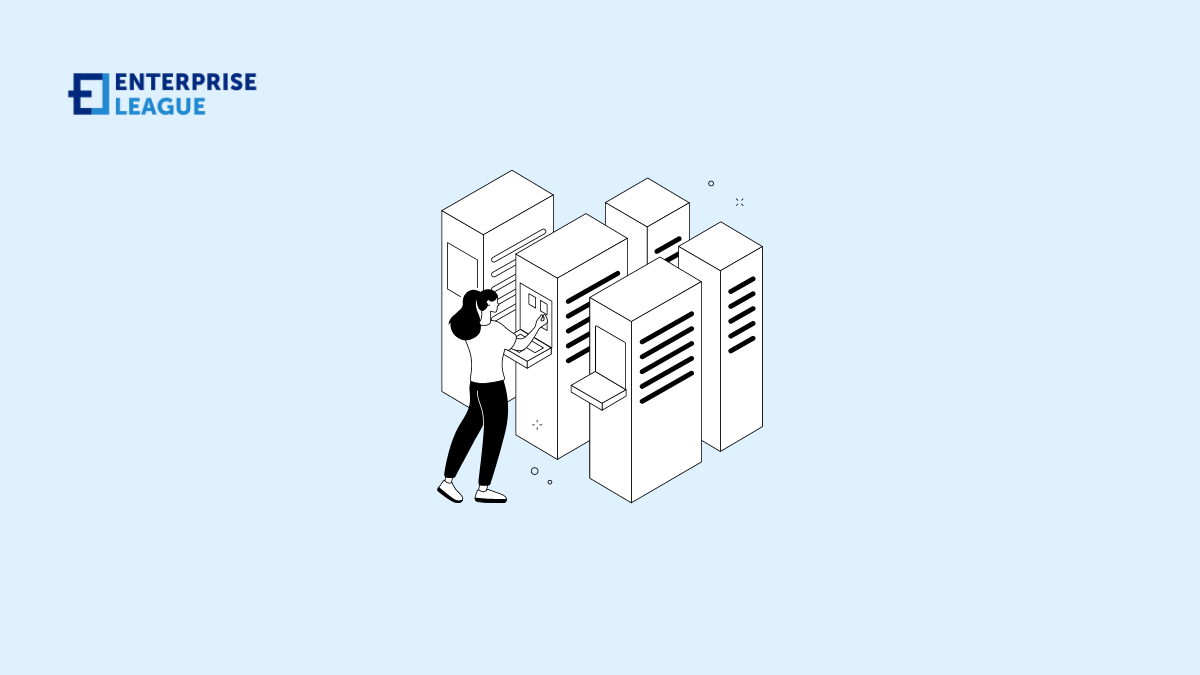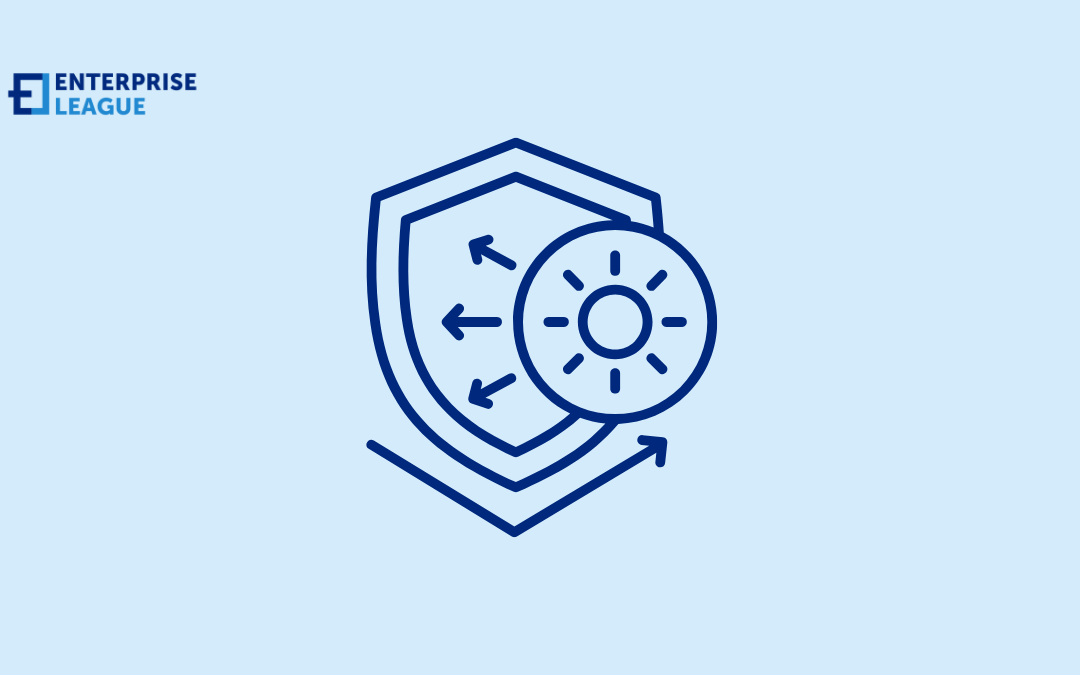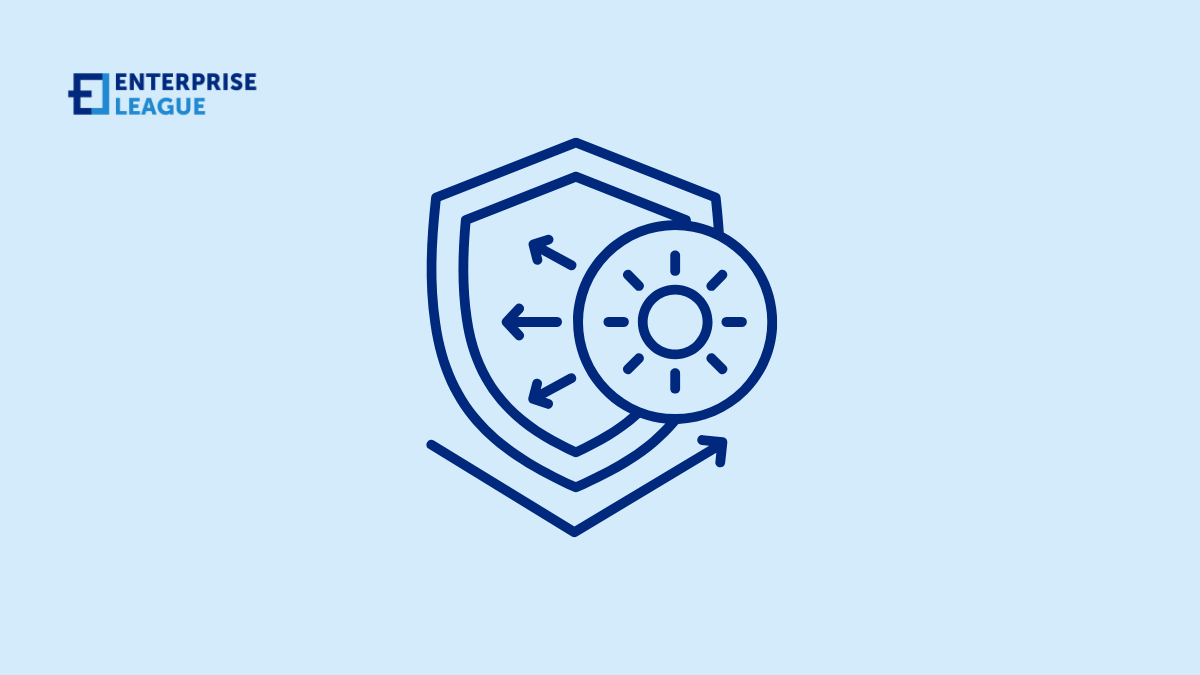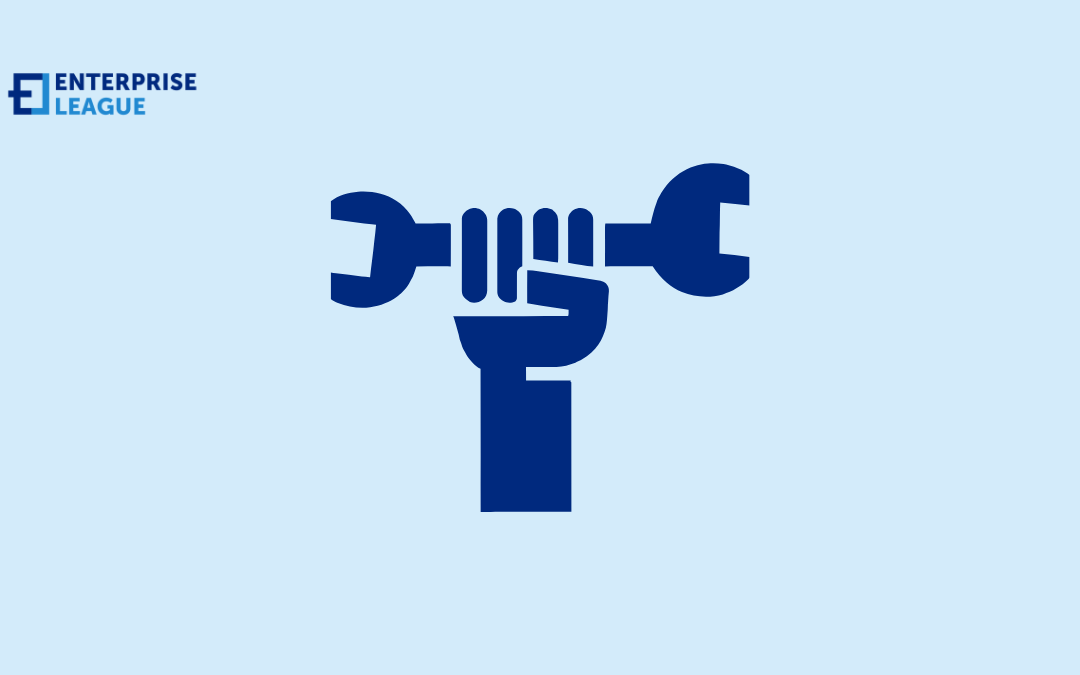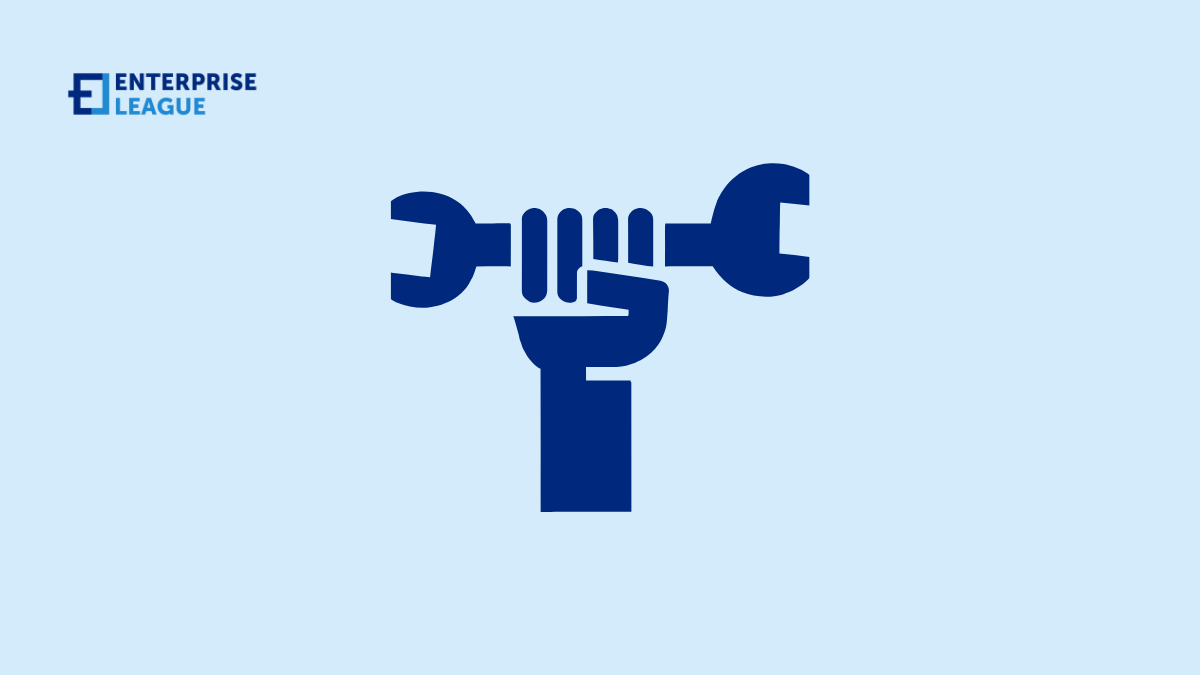When you think about automotive work, images of grease, sharp tools and harsh chemicals probably come to mind. Whether you're swapping out tires, detailing a classic car, repairing windshields or towing vehicles on a rainy night, your hands are constantly taking the...

The pros and cons of server colocation for your business
One of the primary considerations when we start a web project is choosing a hosting solution. While renting dedicated servers from a hosting provider is a popular option, owning a server yourself can offer several benefits.
But, it’s important to remember that servers need specific environmental conditions and cannot be housed in random places. This is where server colocation services come in, providing the necessary facilities and infrastructure to house and maintain your server.
Server colocation is a service that suggests that the hosting provider rents out their server space to the clients that locate their servers there. In this article, we’ll discuss the pros and cons of this kind of service for your business.
Pros of server colocation
Let’s look at some of the pros that server colocation offers.
Space
Servers need space, as you wouldn’t locate a server directly in your office. They occupy physical space and produce noise, which can be a distraction, so it’s better to locate them away from your working space.
Control
Since your hardware for the server is at your control and discretion, you can take care of its quality and configuration yourself. This level of control over the hardware for the server is particularly important for businesses with specific hardware requirements, such as high-performance computing or specialized networking needs.
With server colocation, you can select and install the hardware that best meets your needs, and can even make upgrades or modifications as required. This can help ensure that your server is optimized for your specific workloads and can provide the best possible performance for your applications or services.
Uptime
Since a website has to have ideally an uptime of 99,99 %, it needs some guarantees that it won’t stop working regardless of circumstances, like unexpected power outages and so on. A data center, which is a facility specialized in housing servers, guarantees the power backup supply in case of anything.
Security
Another benefit of housing a server at a professional data center is security. Your server contains precious information about your projects. For this reason, you have to protect your servers from anyone without proper authorization.
Data centers have many layers of physical and network security measures in place to protect against unauthorized access, cyber threats, and other types of data breaches. This includes video surveillance, biometric authentication, fire suppression systems, and other advanced security features that aren’t found in a typical office or home environment.
Location
When dealing with a web project, especially a business aimed at commerce, the location of the web server is an important factor to consider. The closer the server is to the target audience, the faster the website will load, resulting in a better user experience.
The location is also a significant factor contributing to the Search Engine Optimization (SEO) of the website. Search engines like Google take into account the location of the server when determining the relevance of a website to a particular region. This means that hosting a website on a server located in the same region as the target audience can potentially improve its SEO performance in that region.
Also, don’t forget about the legal issues. Depending on the type of your projects, they can be viewed differently according to the rules and regulations of a particular region. Being able to choose the location, you can get the optimal configuration of everything for the best success of your projects.
Cons of server colocation
Even though colocation is a service with lots of impressive features and benefits, it doesn’t suit every business. Let’s see, why you might not want to opt for server colocation for your projects.
More start-up investments
If you want to rent a server, you have to pay your first monthly fee according to your plan and start developing your projects straight away. Server Colocation is not that straightforward, since you’ll have to buy the server first and then deliver it to the data center in question. You’ll have to send some of your employees there so everything is properly configured and installed. You have to keep that in mind if a colocated server seems attractive to you.
This is a technology for larger projects
With colocation, you don’t deal with less than a whole physical server. Despite this, there’re also different cheaper services that suit well for projects of smaller scale. VPS hosting or shared hosting can be more than enough if you want to create an intermediate website with intermediate traffic without running heavy applications and hosting terabytes of data. If you choose server colocation, this means that your plans are rather ambitious.
Less flexibility
With a colocated server, you can’t scale that easily or just refuse from the server. You already have your server and you are bounded to it. If you don’t need it anymore, you’ll have to look for a way to sell it. If you want to upgrade your capacities, you’ll need to buy and install all the necessary components on your own.
Conclusion
Server colocation is a good solution for various businesses, combining the beneficial data center infrastructure with full control over your server hardware. Yet, it might be not the perfect solution for smaller businesses or if you want to engage less in managing your hosting.
We hope that this article has shed some light on the pros and cons of server colocation and that now you can make the right choice for your business.
More must-read stories from Enterprise League:
- Unique ways to show your employees you care about them.
- Engaging online networking events that you should not miss.
- Get inspired from this list of creative small business ideas.
- Unique and profitable drone business ideas you should be aware of.
Related Articles
What Are the Top-Rated Automotive Glove Companies
Planning Your Advisory Exit: A Human-Centered Roadmap for a Profitable and Purposeful Transition
If you're a financial advisor who has dedicated years to nurturing client relationships, managing markets, and building a reputable practice, it's only natural to wonder: what happens when it's time for me to step away? Whether you're approaching retirement or...
Who Has the Best Service for Fire Protection Extinguishers and Restaurant Suppression
Running a restaurant requires following safety standards. One requirement is installing fire protection equipment like fire extinguishers and suppression systems. These help protect your employees, customers and assets in case of an emergency. Learn which...
How to Choose the Right Risk Management Tool for Healthcare Organizations
Cyberattacks have made risk-management tools essential for healthcare organizations' survival, not optional extras. Ransomware attacks pose a major threat, with 386 reported attacks in the first part of 2024, matching 2023's record-breaking pace. IBM now estimates the...
What-if Analysis Software: An Indispensable Tool for Decision-Making in Project Management
Change and uncertainty are constant challenges in business and project management. Project managers must regularly handle unpredictable situations, particularly when managing multiple projects simultaneously. This is where what-if analysis and scenario planning...

